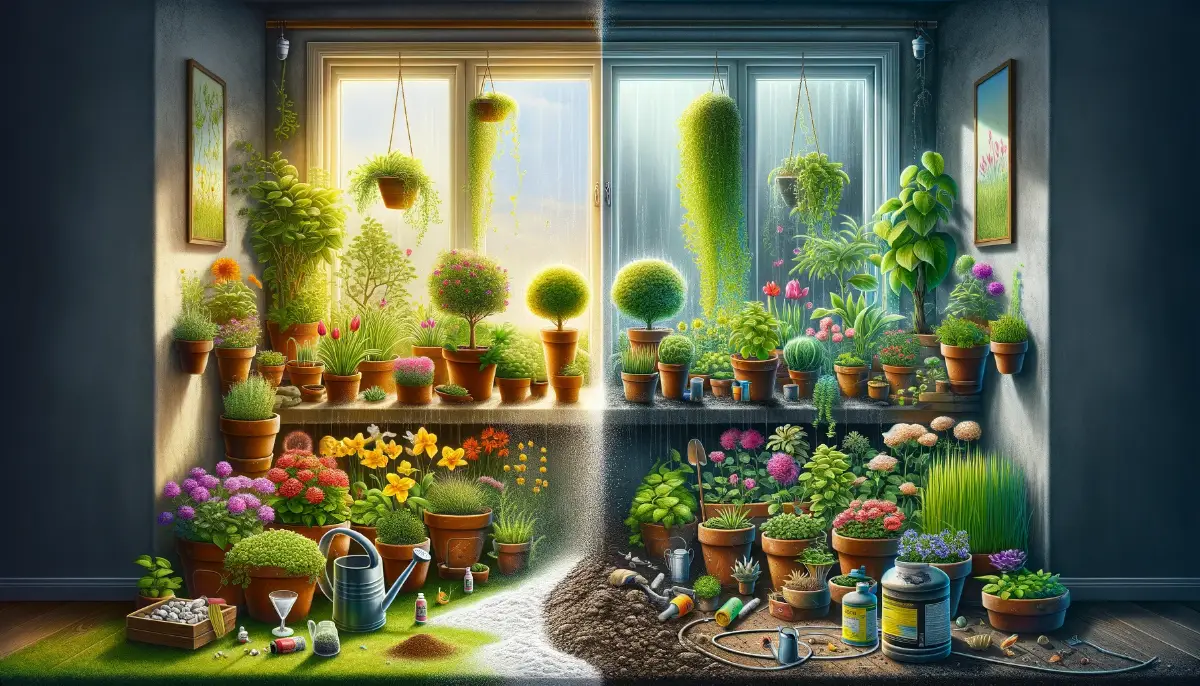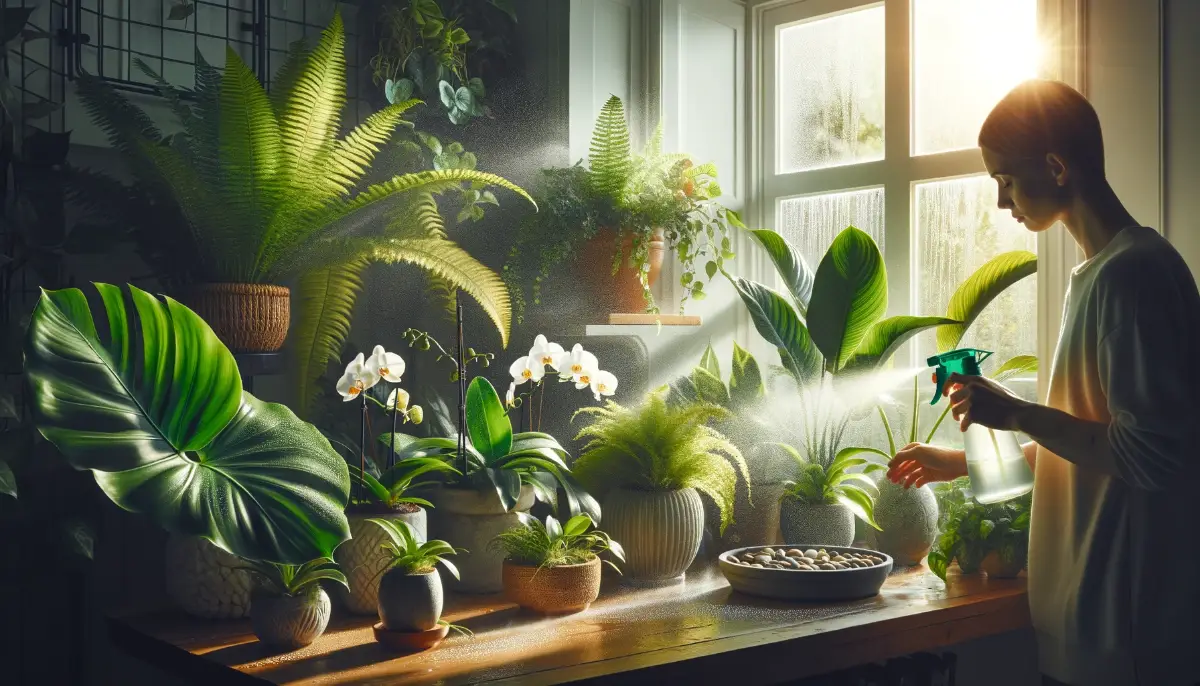Caring for indoor plants adds a refreshing touch of green to your living spaces, but sometimes, despite our best efforts, our green friends begin to look less than lively. Whether it’s due to improper watering, inadequate lighting, pest infestations, or nutritional deficiencies, understanding how to diagnose and remedy these issues can mean the difference between a thriving indoor jungle and a plant graveyard.
This guide provides detailed guidance and solutions to common plant problems, followed by answers to frequently asked questions.
Understanding the Signs of Distress in Plants
Overwatering and Underwatering
The most common mistake plant owners make is incorrect watering. Overwatering leads to yellowed leaves and root rot due to reduced oxygen in the soil.
On the flip side, underwatered plants have cracked soil and wilted leaves. The key is to check the soil moisture and adjust your watering schedule accordingly.
Lighting Conditions
Just as too little light can cause plants to become leggy and weak, too much light can scorch leaves. Plants need the right balance of light, specific to their species, to perform photosynthesis efficiently.
Pest Infestations and Diseases
Common pests like mealybugs, fungus gnats, and diseases can severely impact plant health. Isolate infested plants and treat them with appropriate measures such as neem oil or insecticidal soap.
Soil and Nutritional Deficiencies
Soil quality plays a crucial role in plant health. Saturated or poor-quality soil should be replaced with a better-draining mix, and plants showing signs of nutrient deficiencies may benefit from the addition of specific fertilizers.
Solutions to Revive Dying Plants
Adjust Watering Practices: For overwatered plants, let the soil dry out before watering again. Underwatered plants should be soaked to rehydrate the soil. Ensure a consistent watering schedule that meets your plant’s needs.
Optimize Lighting: Move plants closer to or further from light sources based on their requirements. Consider the use of grow lights if natural light is insufficient.
Combat Pests and Diseases: Remove affected leaves and treat with homemade or commercial remedies. Regular inspection helps catch infestations early.
Improve Soil and Nutrients: Repot plants in fresh, high-quality potting mix and consider using fertilizers to address nutrient deficiencies. Sometimes, changing the pot size can also help
General Care: Regularly prune dead or dying foliage to help the plant focus its energy on new growth. Ensure the plant is in an environment with suitable humidity and temperature for its species.
Reviving a dying plant requires patience, observation, and sometimes a bit of trial and error. By understanding the common problems and how to address them, you can give your plants the best chance at a second lease on life. For more specific guidance, refer to plant-specific care guides and consider consulting with a local nursery or plant expert.
FAQs on Proven Strategies for Saving Your Plants
How often should I water my indoor plants?
It varies by species, but a general rule is to check the top inch of soil; if it’s dry, it’s time to water.
What are the signs of overwatering?
Yellowing leaves, soggy soil, and a general appearance of wilt are common signs.
How can I tell if my plant is getting enough light?
If a plant is leaning towards light sources or has leggy growth, it may need more light. Conversely, scorched or faded leaves indicate too much direct sunlight.
What should I do if I find pests on my plants?
Isolate the affected plant and treat with neem oil or insecticidal soap. Remove severely damaged foliage.
Why are my plant’s leaves turning brown at the edges?
This could be due to low humidity, too much fertilizer, or water quality issues.
Can I revive a plant with root rot?
If the rot isn’t extensive, you can try trimming the rotten roots and repotting in fresh soil. However, severely affected plants may be beyond saving.
How do I know if my plant needs repotting?
Signs include roots growing through the drainage holes, water running straight through the pot, or a plant that becomes top-heavy and tips over easily.
What is the best way to fertilize indoor plants?
Use a balanced, water-soluble fertilizer according to the package directions, typically once a month during the growing season.
How can I increase humidity for my indoor plants?
Group plants together, use a humidifier, or place a water tray near your plants to increase ambient humidity.
What if my plant doesn’t show any improvement after treatment?
Some plants may be too far gone to save. Use this as a learning experience to better care for your remaining and future plants.









